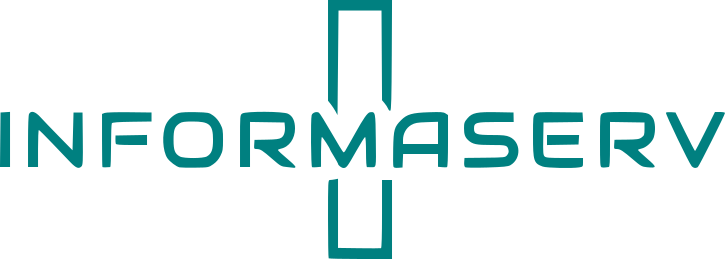Recruiting new employees in a remote work environment presents unique challenges and opportunities. Below is a step-by-step guide to effectively recruit and onboard remote employees:
Step 1: Define Your Needs
- Identify Roles: Clearly define the roles and responsibilities for the position you’re hiring for.
- Skills and Qualifications: List the required skills, qualifications, and experience needed for the role.
- Cultural Fit: Determine the qualities that align with your company’s culture and values.
Step 2: Create an Attractive Job Posting
- Job Title and Description: Write a clear and concise job title and description that highlights the key responsibilities, required skills, and qualifications.
- Remote Work Benefits: Emphasize the benefits of working remotely, such as flexibility, work-life balance, and any remote-specific perks your company offers.
- Company Overview: Provide a brief overview of your company, its mission, and its culture to attract candidates who align with your values.
Step 3: Utilize Online Recruiting Platforms
- Job Boards: Post the job on popular job boards that cater to remote work (e.g., We Work Remotely, Remote.co, FlexJobs).
- Social Media: Share the job posting on your company’s social media channels and relevant professional groups.
- Networking: Leverage your network and ask for referrals from current employees, industry contacts, and professional networks.
Step 4: Streamline the Application Process
- User-Friendly Application: Ensure the application process is straightforward and mobile-friendly.
- Required Information: Request only essential information to avoid overwhelming candidates.
- Automated Responses: Set up automated responses to acknowledge receipt of applications and inform candidates about the next steps.
Step 5: Screen Candidates
- Resume Review: Screen resumes to shortlist candidates who meet the job criteria.
- Pre-Screening Questions: Use pre-screening questions or assessments to gauge candidates’ skills and fit for the role.
- Video Introductions: Request short video introductions to get a sense of the candidate’s communication skills and personality.
Step 6: Conduct Virtual Interviews
- Interview Tools: Use reliable video conferencing tools (e.g., Zoom, Microsoft Teams) for virtual interviews.
- Structured Interviews: Prepare a structured interview format with standardized questions to ensure consistency and fairness.
- Assessment Tasks: Assign practical tasks or projects related to the role to assess candidates’ skills and problem-solving abilities.
Step 7: Evaluate and Select Candidates
- Interview Feedback: Collect feedback from all interviewers and evaluate candidates based on their performance and fit for the role.
- Reference Checks: Conduct reference checks to verify candidates’ previous experience and performance.
- Decision Making: Use a collaborative approach to make the final hiring decision, involving key stakeholders and team members.
Step 8: Extend the Offer
- Offer Letter: Send a detailed offer letter outlining the job role, compensation, benefits, and any other relevant details.
- Negotiation: Be prepared to negotiate terms and address any questions or concerns the candidate may have.
- Acceptance: Once the offer is accepted, send a formal acceptance letter and any pre-employment paperwork.
Step 9: Onboard Remotely
- Welcome Package: Send a welcome package that includes necessary equipment (laptop, headset), company swag, and onboarding materials.
- Orientation: Schedule a virtual orientation session to introduce the new hire to the company, team members, and key processes.
- Training: Provide access to online training modules and resources to help the new hire get up to speed.
- Mentorship: Assign a mentor or buddy to guide the new hire during their initial weeks.
Step 10: Foster Integration and Engagement
- Regular Check-Ins: Schedule regular check-ins to address any concerns and provide support.
- Team Building: Organize virtual team-building activities and social events to foster connection and collaboration.
- Feedback Loop: Create a feedback loop to gather input from the new hire about their onboarding experience and make improvements as needed.
By following these steps, you can effectively recruit and onboard new employees in a remote work environment, ensuring a smooth transition and setting them up for success in your organization.
